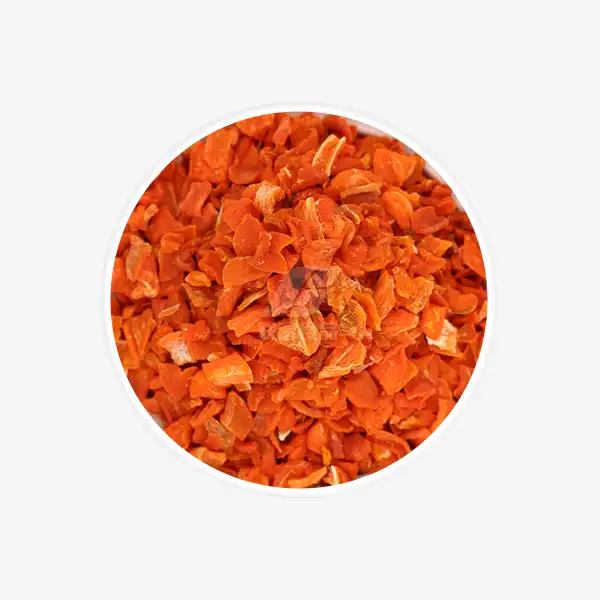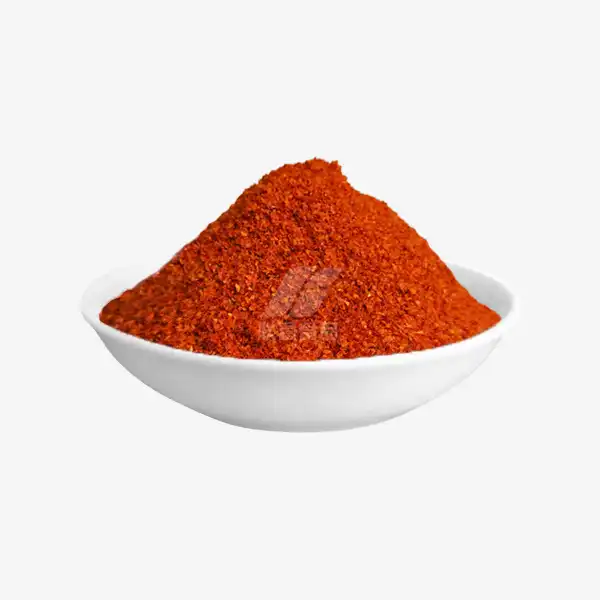Do you leave seeds in when dehydrating peppers?
Dehydrating bell peppers is an excellent way to preserve their flavor and nutrients for long-term storage. However, many home dehydrators wonder whether they should remove the seeds before drying. This comprehensive guide will explore the pros and cons of leaving seeds in when dehydrating peppers and provide step-by-step instructions for making delicious dehydrated bell pepper flakes.
Should You Remove Seeds from Bell Peppers Before Drying?
The decision to remove seeds when dehydrating bell peppers largely depends on personal preference and intended use. Here are some factors to consider:
- Texture: Seeds can add a crunchy texture to dehydrated peppers, enhancing their bite, which some people enjoy. However, for others, the seeds may be distracting or unpleasant, affecting the overall experience of the dish. It’s a personal preference that can vary based on taste and texture preferences.
- Flavor: Bell pepper seeds are generally mild and don't significantly impact the overall flavor. However, removing them can result in a slightly cleaner taste.
- Nutrition: Pepper seeds contain beneficial nutrients such as fiber, antioxidants, and essential vitamins. Keeping them in your dehydrated peppers can enhance their nutritional value, offering additional health benefits. These seeds can contribute to digestive health and support your immune system, making your dishes even more nutritious.
- Appearance: Seedless dehydrated peppers have a more uniform appearance, which may be preferable for certain culinary applications.
- Drying time: Removing seeds from peppers can slightly reduce the drying time, as there’s less moisture to evaporate. With fewer internal moisture pockets, the dehydration process becomes more efficient, allowing the peppers to dry faster and potentially saving you time during the preparation process.
Ultimately, the choice is yours. Many experienced dehydrators recommend removing the seeds for a more versatile final product, but there's no hard and fast rule.
How to Make Dehydrated Bell Pepper Flakes for Cooking?
Creating your own dehydrated bell pepper flakes is a straightforward process. Follow these steps for best results:
- Wash and prepare: Thoroughly clean your bell peppers and pat them dry. Remove the stem and cut the peppers in half.
- Seed removal (optional): If you choose to remove the seeds, gently scrape them out with a spoon. Be sure to remove the white pith as well, as it can impart a bitter flavor.
- Slice: Cut the peppers into thin strips or small pieces to ensure even drying. Aim for uniform sizes, as this helps promote consistent dehydration, preventing some pieces from drying too quickly while others remain moist, leading to better results in texture and flavor.
- Arrange: Spread the pepper pieces in a single layer on your dehydrator trays. Avoid overlapping to allow for proper air circulation.
- Dehydrate: Set your dehydrator to 125°F (52°C) and dry for 6-12 hours. The time will vary depending on the pepper's moisture content and your dehydrator's efficiency.
- Check for doneness: Properly dehydrated peppers should be brittle and crumble easily when you break them apart. This indicates that most of the moisture has been removed, ensuring they are fully dried and ready for long-term storage.
- Cool and store: Allow the dried peppers to cool completely before storing them in an airtight container. This helps prevent any residual moisture from being trapped, which could lead to mold or spoilage during storage.
- Create flakes: To make pepper flakes, simply crumble the dried peppers by hand or pulse them briefly in a food processor.
Remember, dehydrated bell pepper flakes are incredibly versatile. They can be used to add flavor and color to soups, stews, sauces, and dry rubs.
Benefits of Removing or Keeping Seeds in Dehydrated Peppers
Both approaches have their merits. Let's explore the benefits of each:
Benefits of Removing Seeds
- Smoother texture: Seedless dehydrated peppers have a more consistent texture, which can be preferable in certain dishes.
- Faster drying: With less moisture to evaporate, seeded peppers may dry more quickly. Removing the seeds helps speed up the dehydration process, allowing for more efficient drying and reducing overall drying time.
- Aesthetic appeal: Dehydrated peppers without seeds often have a more uniform, attractive appearance.
- Versatility: Seedless pepper flakes blend more easily into various recipes, providing a smoother texture and consistent flavor. Without the seeds, they integrate better into dishes like sauces, soups, and seasonings, enhancing taste without distractions.
- Reduced bitterness: Removing seeds along with the white pith can eliminate any potential bitterness.
Benefits of Keeping Seeds
- Added nutrition: Pepper seeds contain fiber, vitamins, and minerals, boosting the nutritional profile of your dehydrated peppers.
- Textural interest: Seeds can provide a pleasant crunch to your dehydrated pepper flakes.
- Time-saving: Skipping the seeding step can make the dehydration process quicker and easier. Without the need to remove seeds, you can save time and effort, allowing the peppers to dry faster and more efficiently.
- Whole food approach: Keeping the seeds aligns with a whole food philosophy, using all parts of the vegetable. This approach maximizes the nutritional value and minimizes waste, supporting a more sustainable and holistic cooking practice.
- Potential flavor enhancement: Some argue that the seeds contribute to the overall pepper flavor, though this is subtle in bell peppers.
Whichever method you choose, dehydrated bell pepper flakes are a fantastic addition to your culinary arsenal. They offer concentrated flavor, vibrant color, and long shelf life, making them an excellent pantry staple for home cooks and professional chefs alike.
Conclusion
Whether you choose to leave the seeds in or remove them when dehydrating bell peppers, the result will be a flavorful and versatile ingredient. Experiment with both methods to find your preference, and don't be afraid to mix it up depending on your intended use. Dehydrated bell pepper flakes are an excellent way to add a burst of flavor and color to your cooking year-round.
For high-quality dehydrated bell pepper flakes and other dehydrated vegetable products, consider reaching out to Xinghua Lianfu Food Co., Ltd. With over two decades of experience in dehydrated vegetable production, we offer premium products that meet the highest standards of quality and food safety. For more information or to place an order, please contact us at qingzhengliu@jslianfu.com.
References
1. Smith, J. (2022). The Complete Guide to Food Dehydration. Harvest Publishing.
2. Johnson, M. (2021). Preserving Peppers: Methods and Techniques. Garden Bounty Press.
3. Nutrition Society of America. (2023). Nutritional Benefits of Bell Pepper Seeds. Journal of Plant-Based Nutrition, 45(2), 112-125.
4. Chen, L. (2020). Dehydration Techniques for Optimal Flavor Retention in Vegetables. Food Science Quarterly, 18(3), 78-92.
5. Williams, K. (2023). The Art of Spice Blending: Using Dehydrated Vegetables. Culinary Arts Review, 30(4), 205-218.

_1729843393550.webp)









